How to care for figs in the fall to prepare for a successful winter: rules and methods for sheltering a tree for the winter
Fig (fig tree) is still an exotic plant in our area, which means that not everyone knows how to care for it. This is especially true in the autumn period, because the fig tree is a very thermophilic tree.
Therefore, further we will talk in detail about how to properly prepare figs for winter, namely how best to cover this very thermophilic plant so that it does not freeze out in winter.

Content
Preparing figs for winter: main autumn activities
In fact, all autumn care for figs, more precisely, its preparation for winter comes down to the right shelter. He does not need other measures (fertilizing, water-charging irrigation). Unless you need to cut the shoots to mature wood and for the convenience of shelter.
By the way! Figs grown in containers (pots) are brought into a cool room (basement, cellar, loggia or glazed balcony) for wintering.
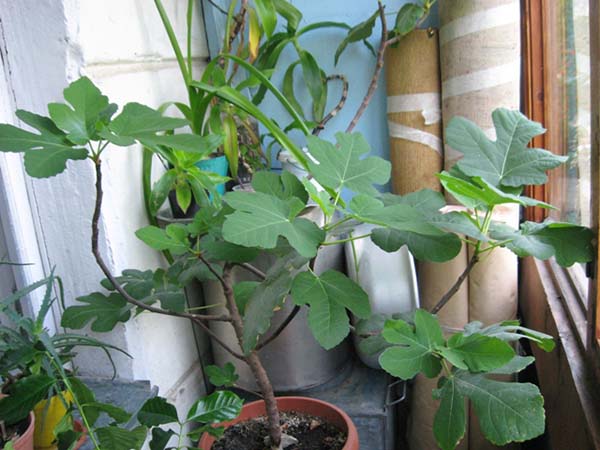
How to make berries ripen
Very often, gardeners who grow figs in less than ideal conditions are faced with the fact that in the fall they simply do not ripen. The leaves have already flown, but the fruits are not ripe and frost has broken them.
What should we do, how should we be?
- Grow figs under film greenhouse or in a greenhouse... Only in such (greenhouse) conditions can you increase the amount of positive temperatures necessary for the full ripening of figs.
- In summer it is obligatory pinch the shoots after 5-6 leaves, thus stopping the growth of green mass and redirecting the juices inside the plant to ripen the fruits of the 2nd harvest (autumn).
- Normalize (cut off) some of the ovaries of the second harvest, not sparing, - everything will not ripen to cold weather.
By the way! Delicious jam can be made from unripe berries.
When and how to properly cover figs for the winter
Do I need to cover for the winter
Despite the fact that most varieties of figs can survive a drop in temperature up to -15 ..- 20 degrees, in order to avoid unpleasant surprises, it is better to cover figs in autumn even in those regions where such frosts are rare (in this case, you can use a vertical shelter).
Worth knowing! The root system of figs will not freeze even at -25 ° C and the bushes will recover quickly enough (from the root collar), but ... only on old wood can you get big and tasty fruits.
In short, the whole essence of the fig shelter is reduced to the initial thermal insulation and subsequent waterproofing, i.e. everything is almost the same shelter of grapes for the winter.
Important! If you make poor waterproofing (or don't do it at all) and moisture gets inside the shelter, then the thermal insulation of the materials (agro-fabric, leaves) will get wet, decay processes will begin and the buds on your shoots will simply be wiped out ...
It is also very important that inside the shelter did not hit the mouseotherwise goodbye the young bark ... they will nibble it clean.
How to protect figs from mice?
It is very simple: you need to spread a special poison nearby or use spruce branches (spruce branches), rose shoots (remaining after autumn pruning).
Preparing figs for shelter - autumn pruning
In general, everything is simple here: you only need trim off the unripe tips of the shoots, and branches interfering with shelter. In other words, the procedure is somewhat similar to autumn pruning roses in front of the shelter... As a rule, 4-8 branches 40-80 cm long are left per bush (maximum - up to 1-1.2 meters).
The main pruning is carried out in the spring and summer (pinching the tops of the main shoots)!
When to shelter
Figs harbor before the onset of stable (= permanent) frost, but already after the first frost at night, and during the day the temperature will still be positive (+2 .. + 5 degrees).
As for the timing, in the southern regions of Russia and Ukraine - this is done not earlier than November.
Naturally, they only cover after falling leaves.

How to cover figs - the classic way
- To cut off all remaining leaves, unripe fruits, to clean trunk circle from plant residues (so as not to start mice).
- It is believed that before bending the shoots, you need to spread some material under them, for example, film or polypropylene (sugar) bags (so as not to wet the branches).
Interesting! On the contrary, some gardeners believe that it is necessary to lay it on the ground, otherwise you will simply isolate the shoots from the main source of heat.
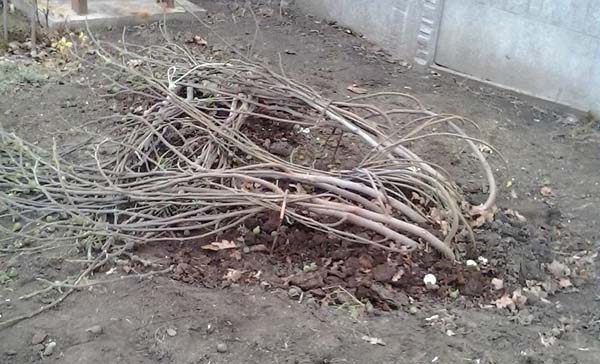
- And already further bend the shoots (if it seems to you that the branches are too stubborn and you are afraid to break them, then bend them down gradually, slowly, in fact they bend perfectly) so that they lie not on the ground, but on film or polypropylene bags. One of the convenient ways is pin to the ground, for example, with some kind of staples (electrodes).

Think! Some gardeners believe that it is better not to use bare iron for pinning, because it has a very high thermal conductivity, which means that it conducts cold well. However, is there an alternative to it?
- Now you need wrap bent shoots with covering material, for example, with agrofibre (spunbond, lutrasil) or cover with the same polypropylene bags (from under sugar). Again, remember to secure them well.
As a rule, 2-3 layers of agrofibre (60 microns) will be sufficient.

- The last layer should go film or roofing material (or any other material that does not allow moisture to pass through), which also needs to be fixed, for example, by laying boards (bricks) around the perimeter of the shelter or digging in with earth.
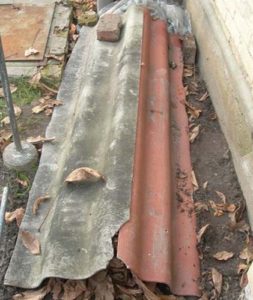
Required leave vents on the sides (ventilation holes)to allow air to enter to prevent seizure.
- Many gardeners recommend additionally sprinkle with earth on top (10-15 cm layer) - for better insulation, but there are a couple of nuances here (read in the paragraph "Hilling").
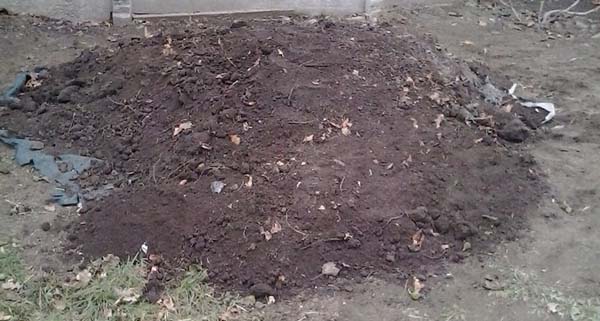
Hilling
Many experienced growers are of the opinion that figs, like grapes, can just cover (spud) earth with a layer of 10-15 cm (naturally, the earth should not be very clayey (dense), but relatively loose).
Important! Covering with earth is not suitable for all varieties. For varieties with one harvest - it is suitable (because their vines ripen well - to the very top), but for remontant ones - not very much.
Also, this method is not suitable if you have constant thaws and wet (humid) - everything is opposed.
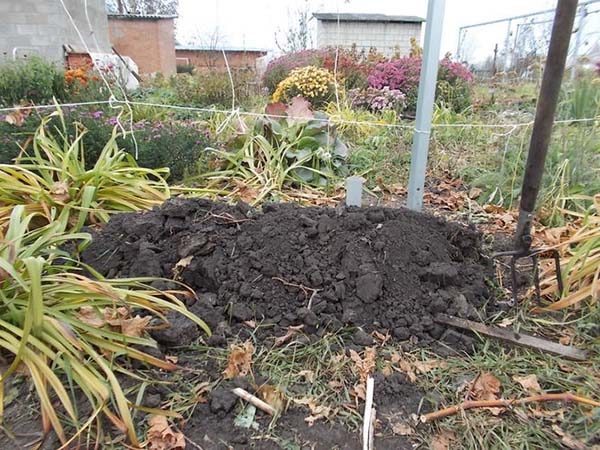
Note! If you first wrap the shoots with agrofibre, and on top with earth, it will only get worse, because in spring the shoots will be very wet ...
Another thing is if you pour earth over a waterproofing shelter (for example, roofing material, slate or film).
How to cover figs growing in a trench (pit)
Of course, it is much easier and more convenient to cover the figs growing in the trench (pit).
In general, figs are usually not planted on the surface, like an ordinary fruit tree or shrub, but always in a relatively shallow trench hole (30-50 cm).
After bending down, the entire aerial part of the figs will be below the soil level, and you just have to fill the space inside with something (for example, spruce branches, dry leaves, you can even wrap the shoots with agrofibre in 2-3 layers) and cover them with slate sheets or roofing material on top, over which you can additionally stretch the film (in short, make a good waterproofing). And some gardeners also sprinkle it with earth on top (with a layer of 5-10 cm).
In addition to the simplicity and reliability of such a shelter, you will also well protect the fig shoots from mice.
Video: sheltering fig bushes in a trench
Vertical shelter
If you live in a warm southern region, where freezing temperatures (below -15) are only a couple of nights, then you can hide without bending down, namely, make a vertical shelter:
- Mulch, or rather, huddle the near-trunk zone.
- Cut off the tops of the shoots so that it is convenient to tie them in the future.
- Pull the bush to the center, like a Christmas tree, with twine.
- And then wrap it with agrofiber in 3-4 layers (always dense, 60 microns).
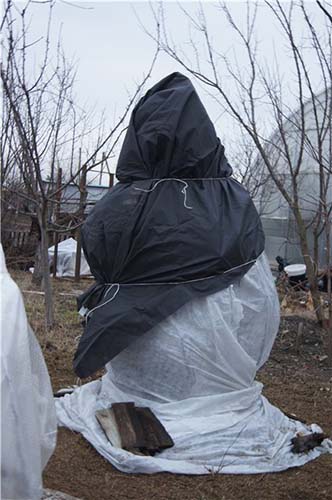
If suddenly, according to the weather forecast, frosts are expected below - 15 degrees, then you can wrap the top with a film.
However, vertical shelter is not very reliable, and the probability of freezing is quite high (especially in the South of Ukraine).
When to take cover in spring
You should not rush to remove the shelter in the spring. Another thing is that you can slightly open it (the shelter) - for better ventilation (so that the eyes do not come out). As soon as there is confidence that night frosts are no longer expected, the bushes can be opened completely (although the eyes can withstand up to -5). As a rule, in the southern regions this moment occurs in the second half of March and early April.
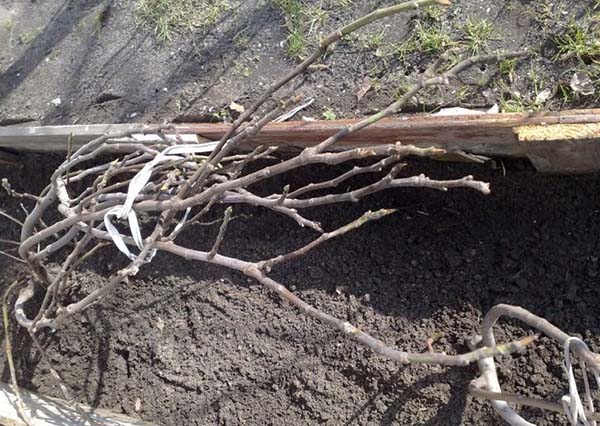
By the way! Shoots do not need to be specially straightened - they will do it themselves.
Thus, now you know what to do with figs in the fall, namely, how to hide it for the winter. You yourself must choose the best option. Most often, each summer resident covers his plants for the winter in the way that seems right to him and is more suitable for his case.

